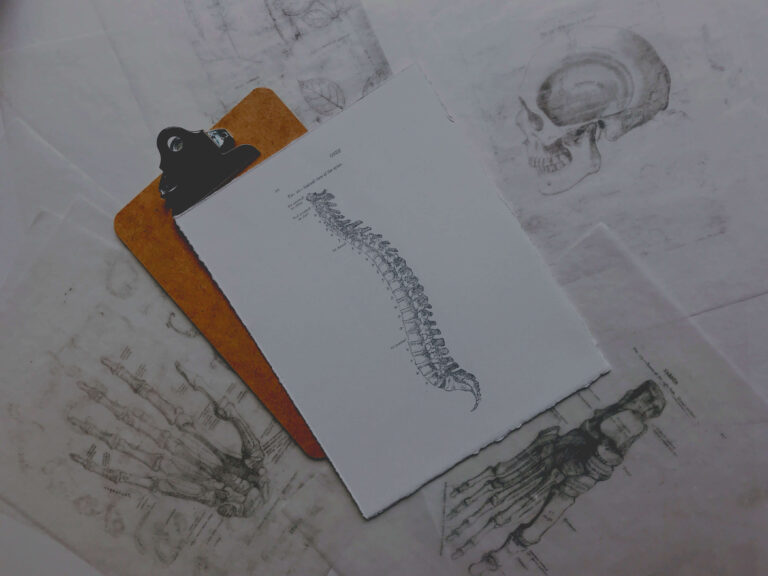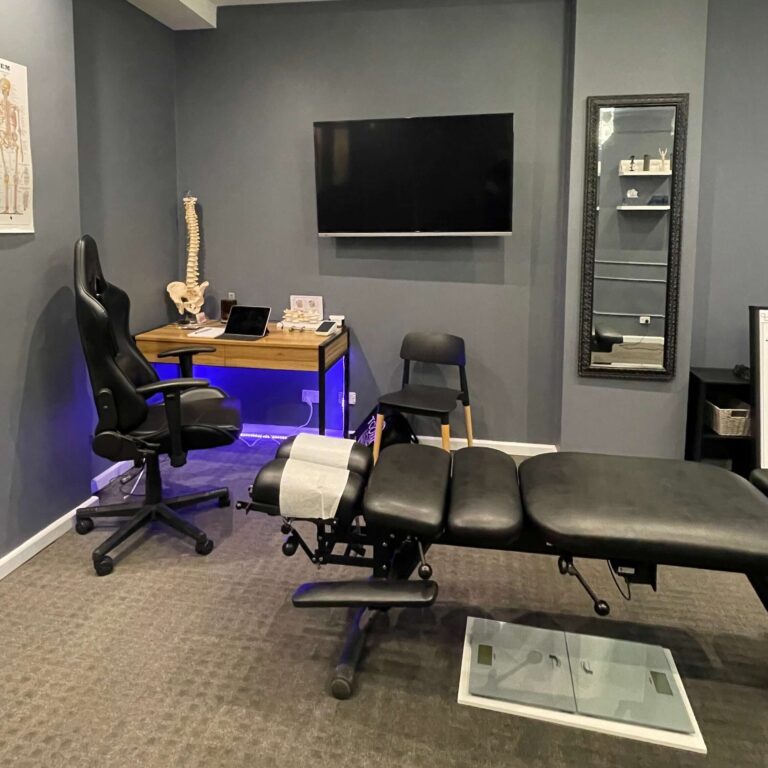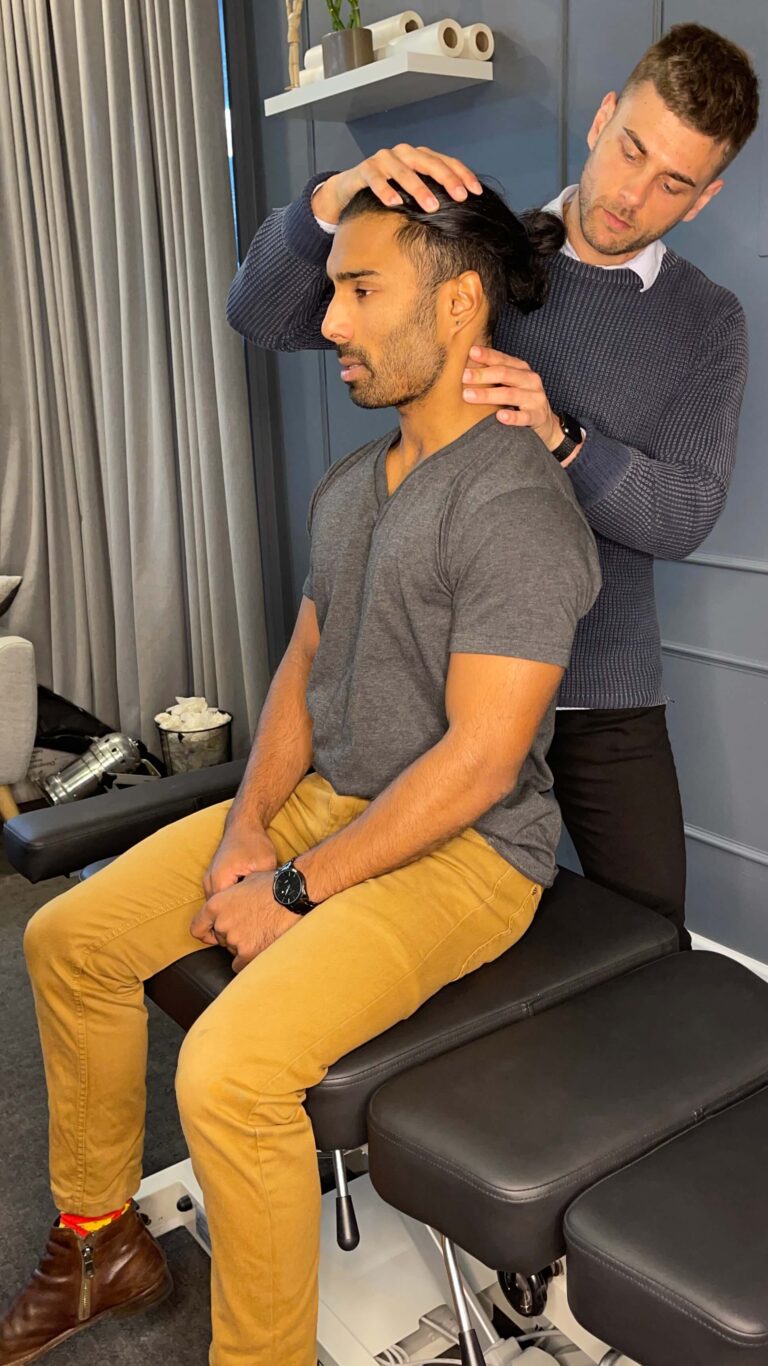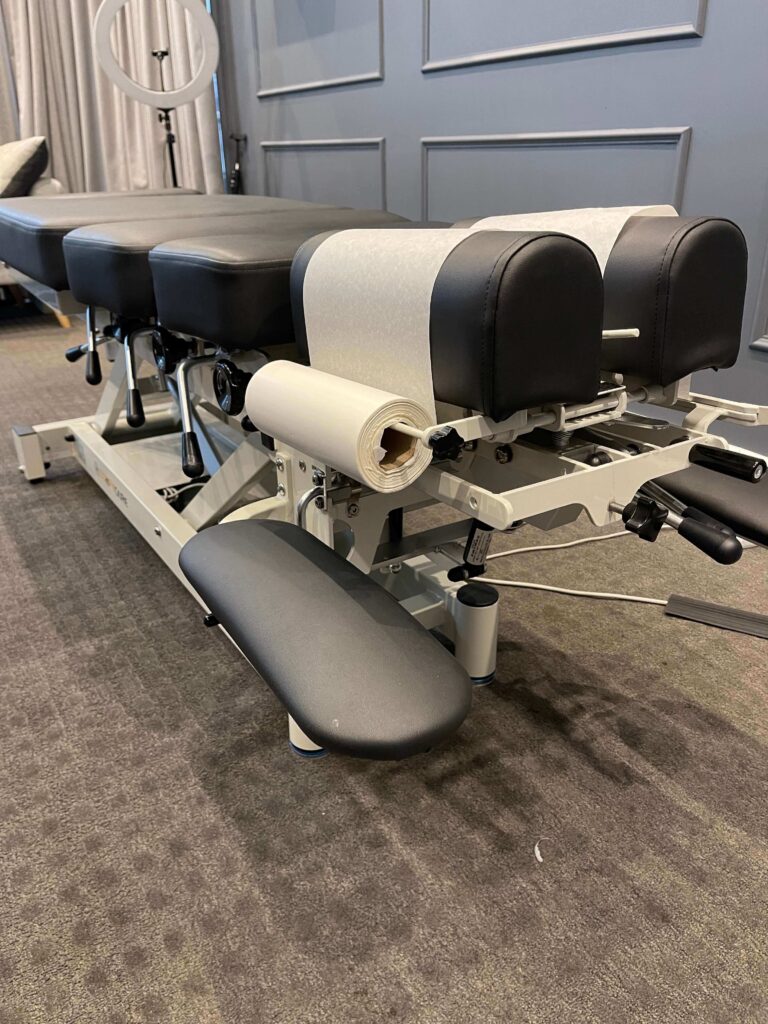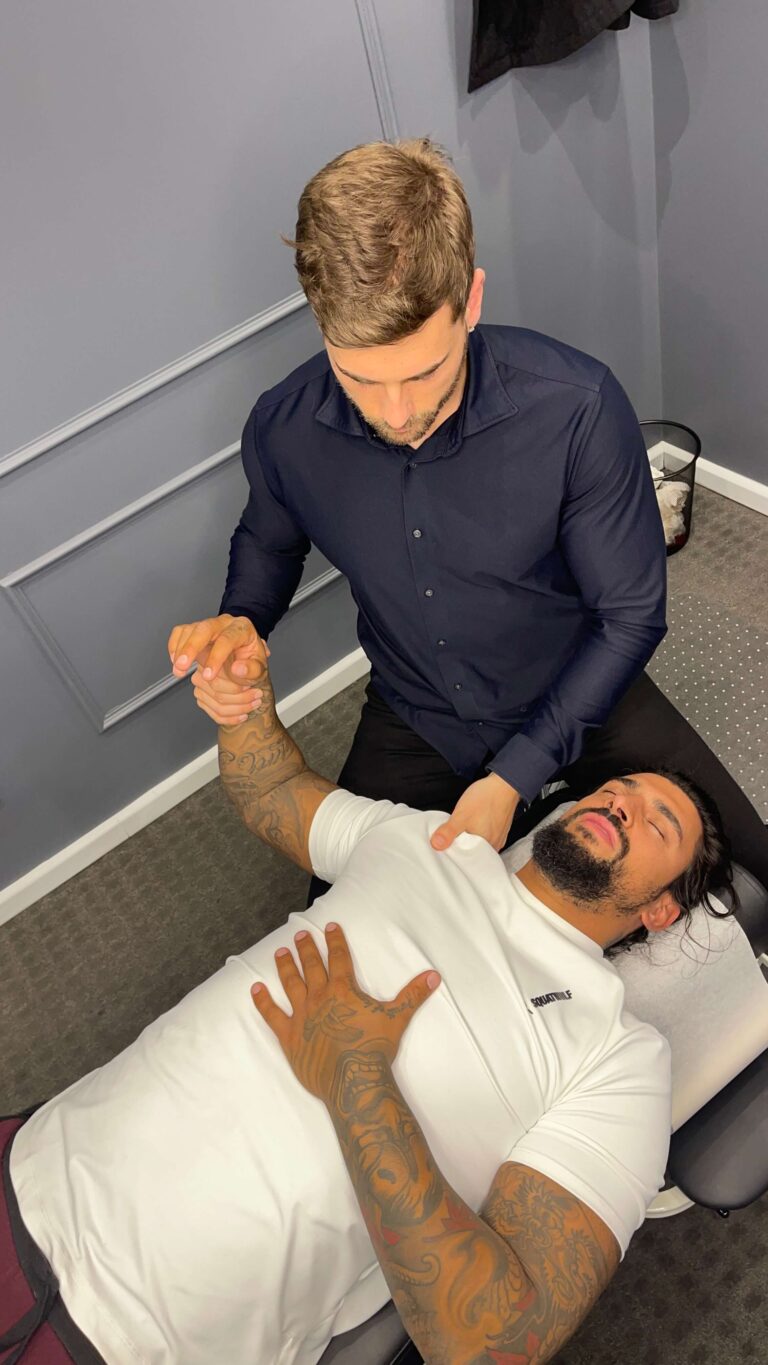Could complementary therapy be the solution you’re looking for? It’s an age-old question when it comes to physical pain, who do you see and why? For many, it can easily become overwhelming when it comes to knowing who to turn to for help. As a result, many often turn to their GP, but for those seeking a natural, holistic and alternative solution, a GP may be out of the question.
What is complementary therapy?
Complementary therapies have been around for over 5000 years, they are also known by many different terms across the world, for example, complementary medicine, alternative therapy, traditional therapy, holistic therapy, alternative medicine and traditional healing are a few different variations. There is a very wide range of treatments that exist under the umbrella of ‘complementary therapies’ and are generally used in conjunction with conventional medicines or treatments.
Some of the most common forms of complementary therapies include:
- Chiropractic
- Physiotherapy
- Osteopathy
- Myotherapy
- Reiki
- Pilates & Yoga
- Herbal Medicine
- Homeopathy
- Aromatherapy
- Acupuncture
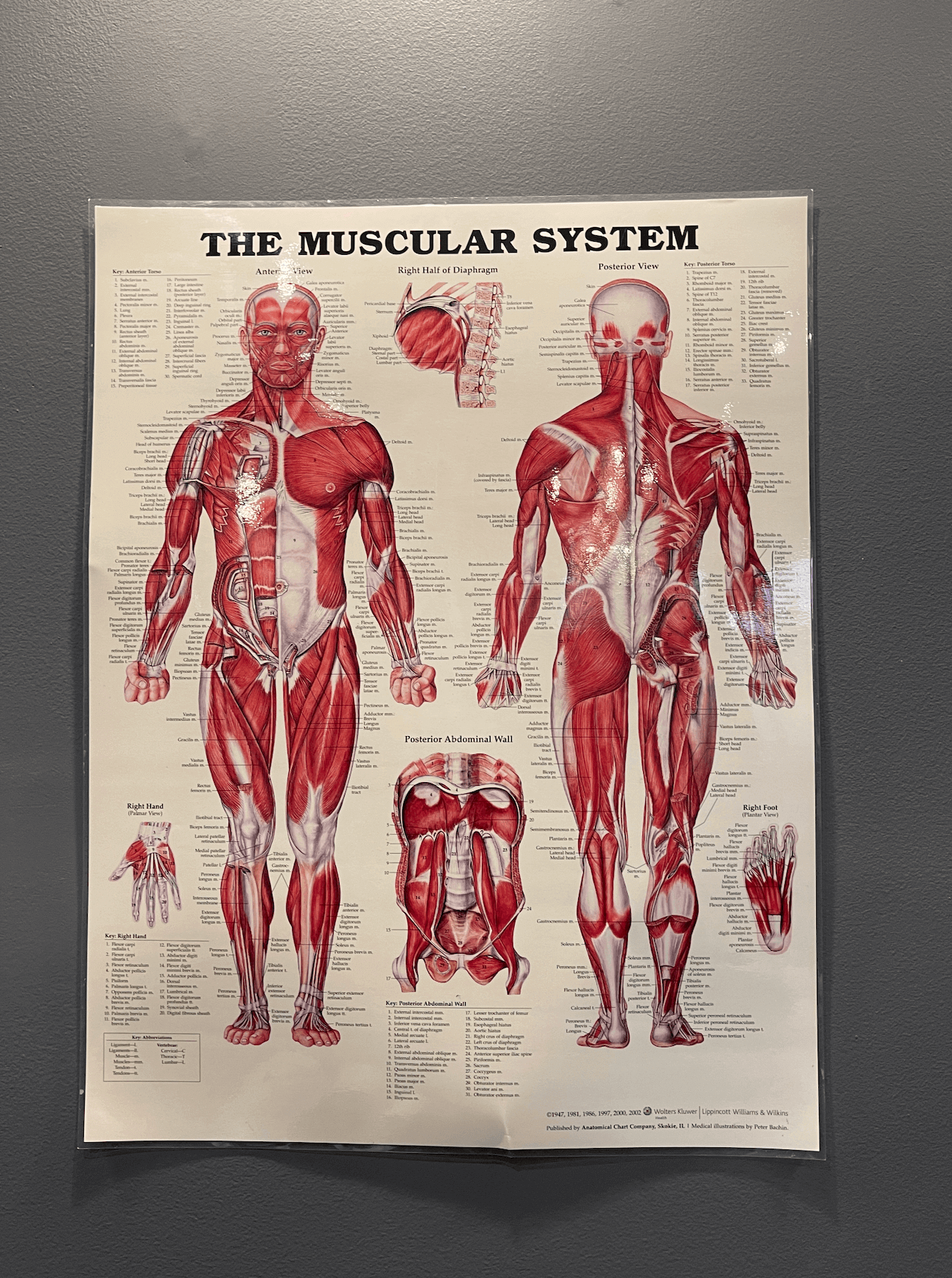
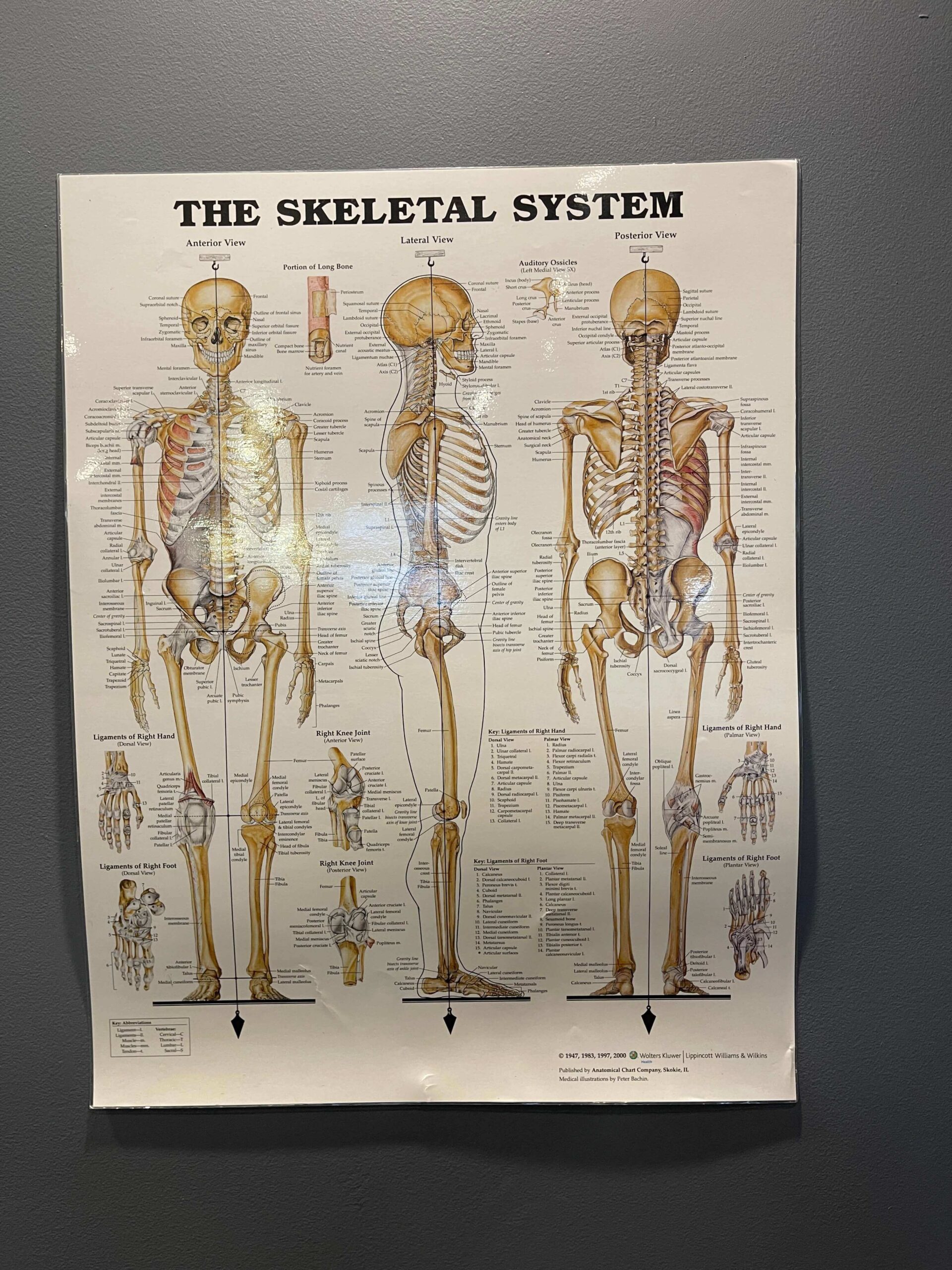
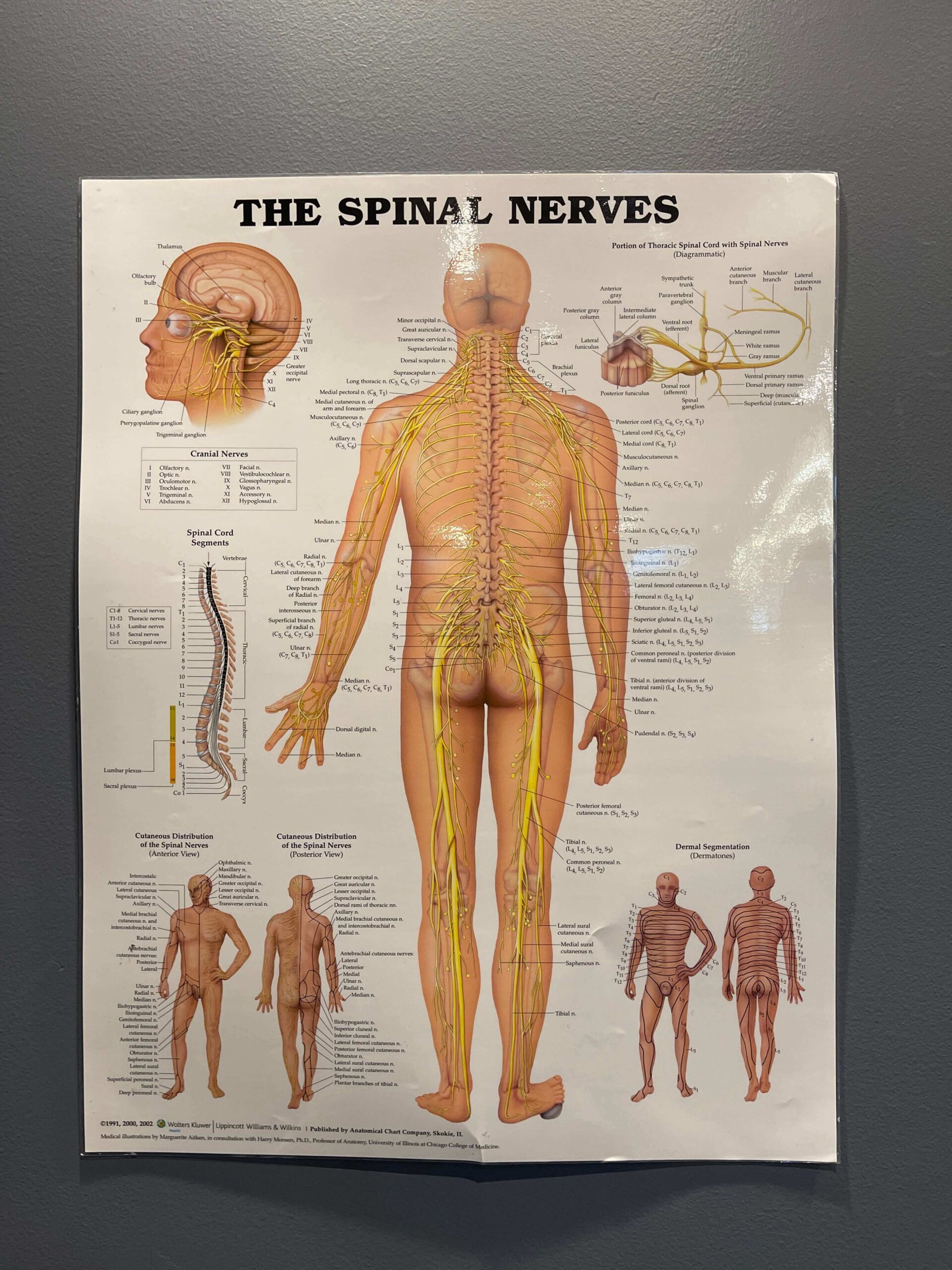
In Australia, it is estimated that 66% of the population currently uses some form of complementary therapy.
If you are recovering from an injury, if you’re experiencing pains or discomfort, or having mobility issues throughout your body there are many types of practitioners that may be able to help you get back into motion.
Chiropractors, physiotherapists, osteopaths and myotherapists all take a slightly different approaches when it comes to treatment, so it can be difficult to know which one is right for you. When seeking treatment, speak to your GP about the concerns you are experiencing. They can advise you on which treatment might be most helpful for you and guide you in the right direction.
When visiting a complementary therapy practitioner for the first time, you will be asked for a detailed medical history during your first appointment. Below is a brief outline of what you can expect from each of the practitioners and a little bit about what they do.
4 Types of Complementary Therapy Practitioners
A chiropractor’s treatment is primarily focused on treating and preventing musculoskeletal problems throughout the body with the use of manual adjustments of the spine and joints using their hands and specialised instruments. Chiropractors can help treat and manage issues such as back and neck pain, headaches and migraines and biomechanical problems. Learn more about how a chiropractor can help.
- Physiotherapist
A physiotherapist’s treatment is primarily focused on movement and functionality of the body, often used following an injury, surgery or when managing a physical disability. A physiotherapist will generally use techniques such as massage, exercise, stretching and specific hands-on manipulation to treat pain and improve the patient’s mobility and flexibility. Physiotherapists are one of Australia’s leading types of complementary therapy practitioners.
- Osteopath
An osteopath’s treatment focuses on the health and wellbeing of the entire body, not just the injured or affected part. Osteopaths will look at how your skeleton, muscles, joints, nerves, connective tissue, internal organs and circulatory system function as a whole. Many find that the techniques used by an osteo are gentle in comparison to a chiropractor or a physiotherapist. A patient may visit an osteopath for digestive issues, sports injuries or headaches.
A myotherapist’s treatment is focused primarily on muscles and soft tissue. In short, it is an advanced form of remedial massage, also known as sports massage or medical massage. During myotherapy, a professional therapist uses trigger point release and a variety of other muscle and myofascial relieving techniques to achieve the desired outcome. Myotherapy is popular amongst athletes for reducing delayed onset muscle soreness, sports injuries, back pain and reducing stress and anxiety.
For the most part in complementary therapy, many practitioners share many core beliefs, some of the primary ones being:
- Illness occurs within the body when something is out of balance.
- The body has the ability to heal and maintain a healthy state if given the right conditions to do so.
- The body as a whole should be treated, not just the illness or the symptoms.
- There is no quick fix, healing and balance take time. Natural solutions are preferred over synthetic solutions.
Read Toorak Chiropractor, Dr Joshua Cogoi’s philosophy, in his words here.
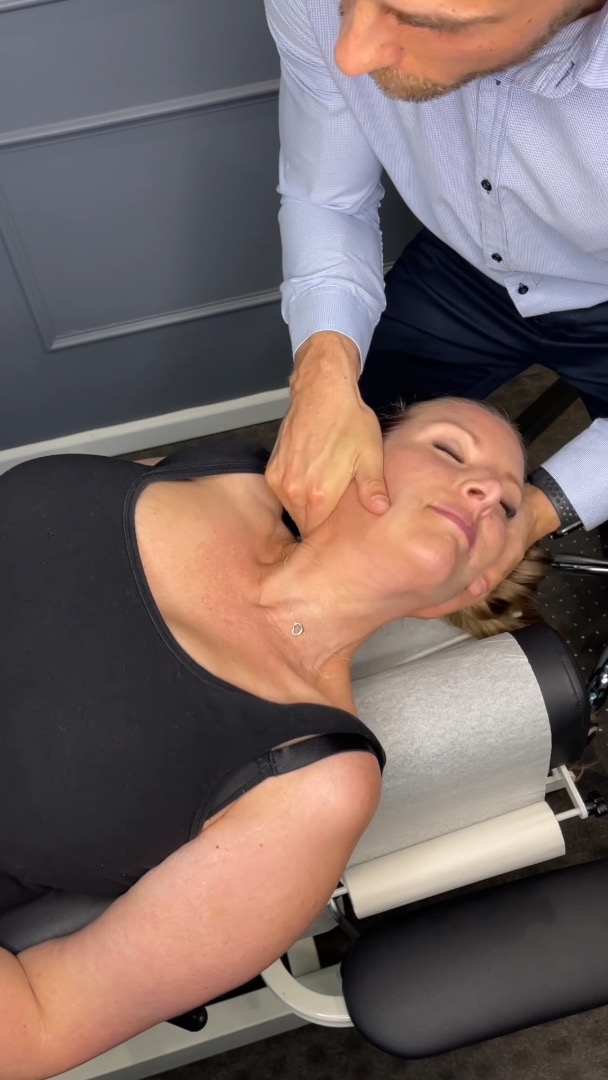
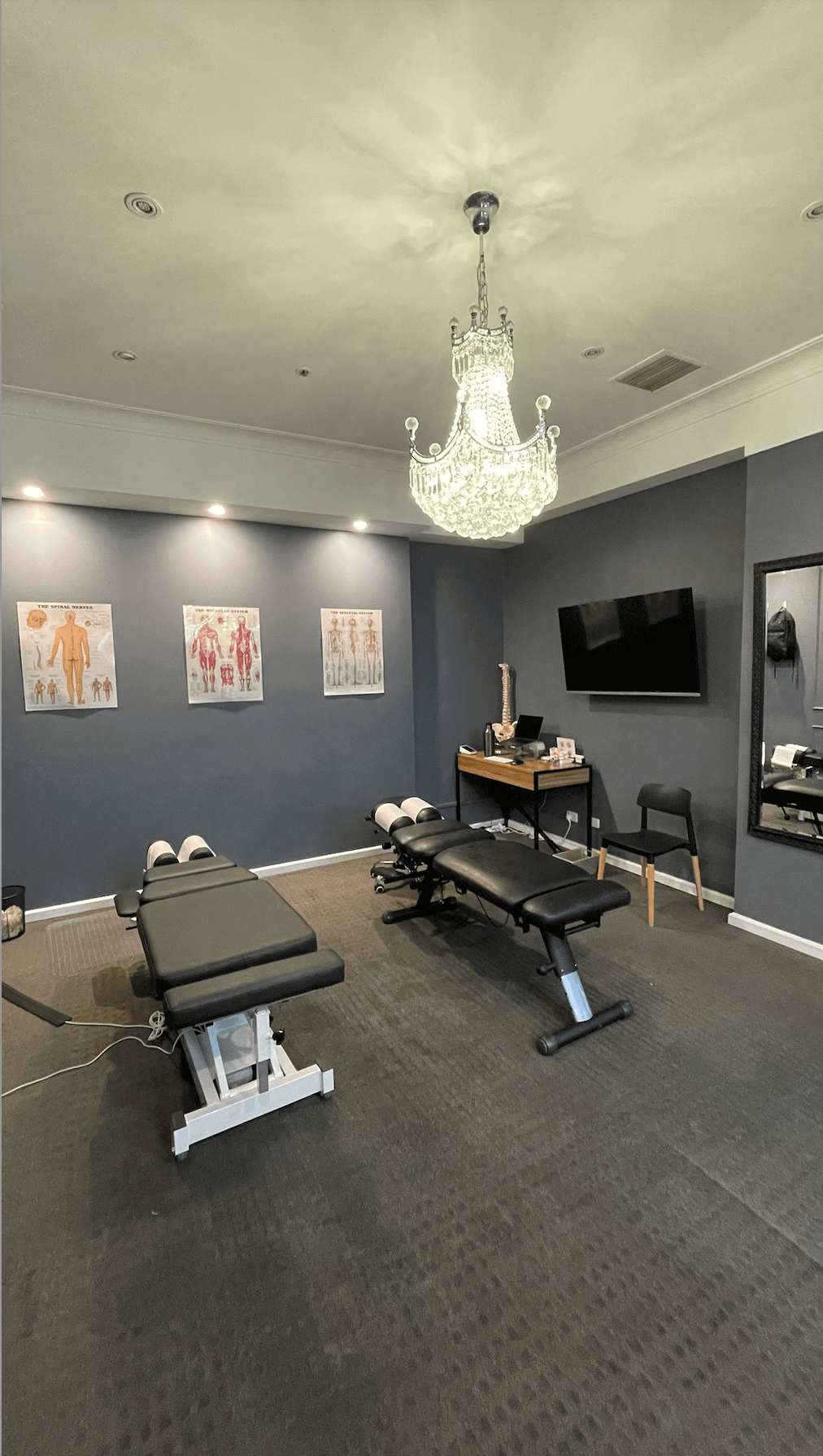
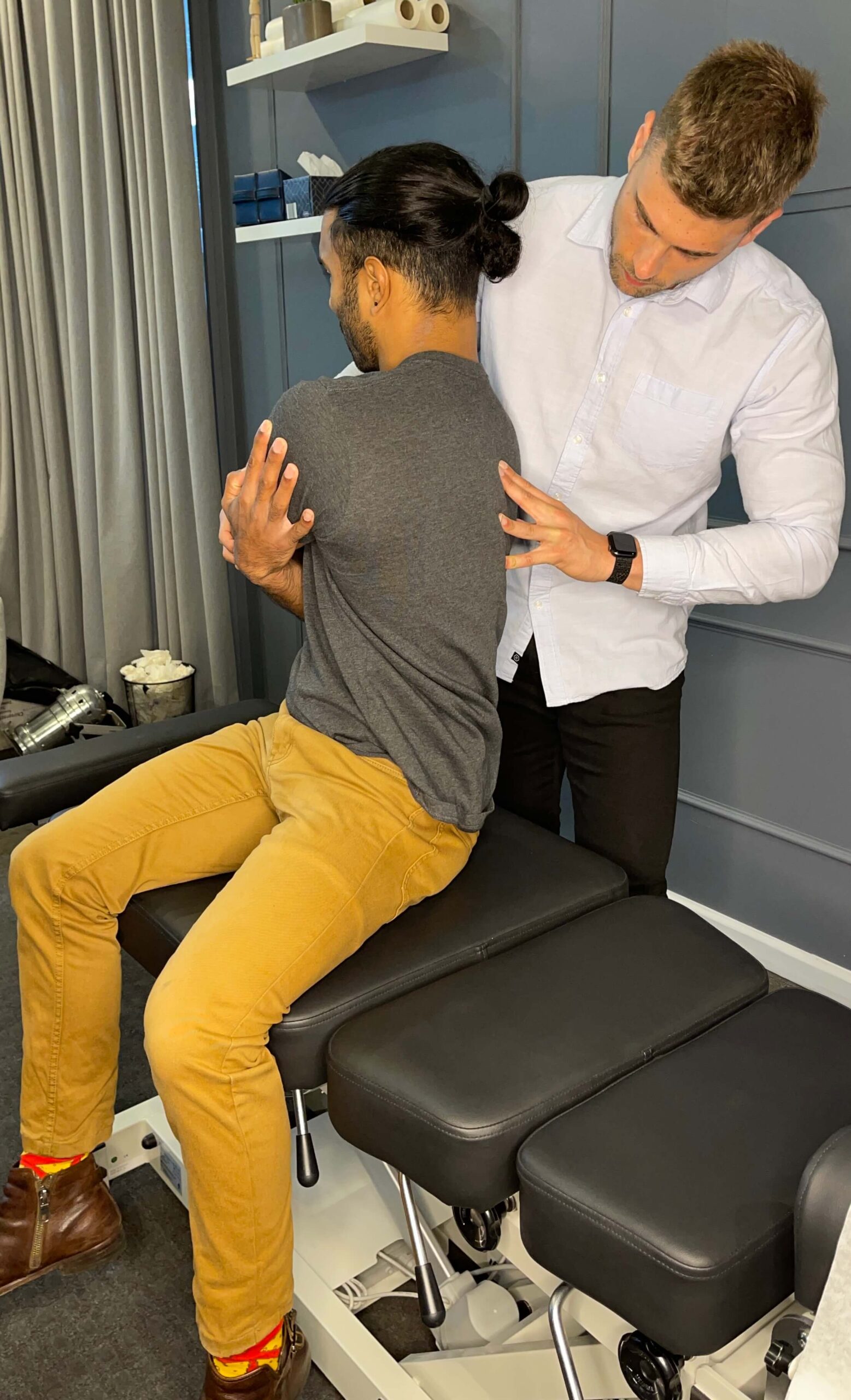
Book your Chiropractic appointment with Toorak Chiropractor today.
Try a form of complementary therapy.

